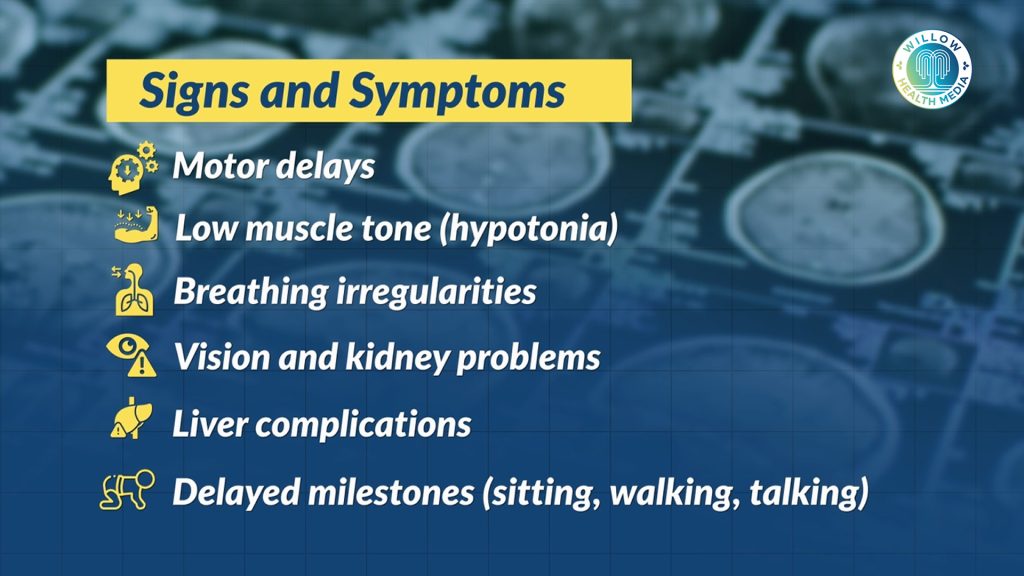By Asha Bekidusa, Photo Courtesy Willow Health Media
Unlike conventional medicine that treats symptoms, Ayurveda focuses on root causes of disease and views health as a balance between body, mind and spirit.
Rosemary Odinga, daughter of the late former Kenyan Prime Minister Raila Odinga, lost her sight after brain tumour surgery and a stroke in 2017. After conventional treatments in multiple countries failed, her family turned to an ancient Indian healing system called Ayurveda.
After conventional treatments in multiple countries failed, her family turned to an ancient Indian healing system called Ayurveda.
At Sreedhareeyam Ayurvedic Eye Hospital in Kerala, India, Rosemary received traditional therapies for secondary optic atrophy, a condition causing vision loss.
Within four months, her sight began returning. By 2022, her recovery was described as miraculous, reigniting global interest in Ayurvedic medicine.
Raila, it has emerged, had been suffering from multiple conditions including diabetes, high blood pressure, Deep Vein Thrombosis, brain bleed and chronic kidney disease.
He was undergoing Ayurveda treatment before a cardiac arrest from which he did not recover on October 15. He was 80.
So, what is Ayurveda?
Ayurveda means ‘the science of life’ from the Sanskrit (Ayur = life, Veda = knowledge). It is one of the world’s oldest medical systems, originating in India over 5,000 years ago.
Unlike conventional medicine that treats symptoms, Ayurveda focuses on the root causes of disease. It views health as a balance between body, mind, and spirit.
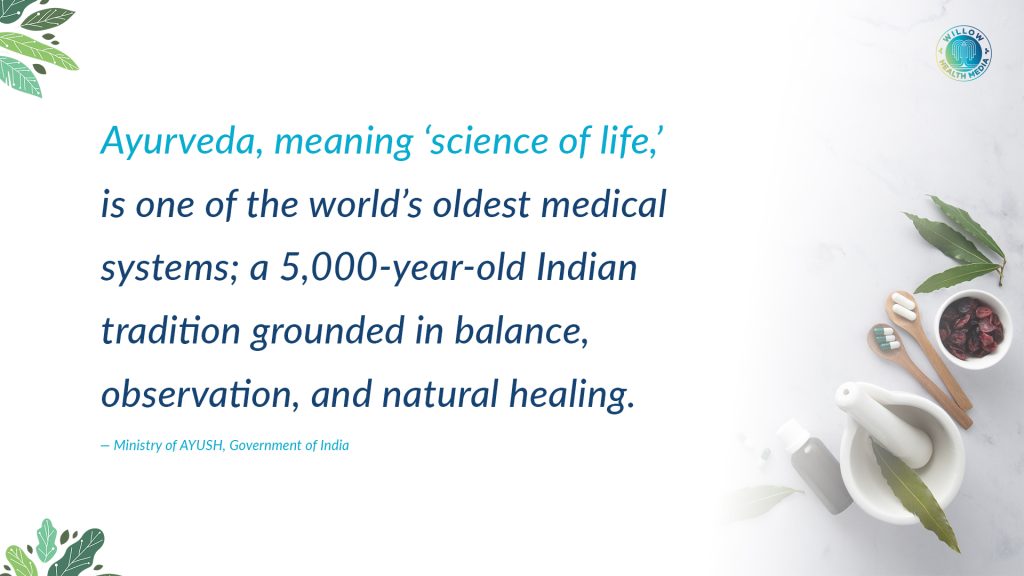
Ayurveda developed alongside ancient Hindu philosophical schools that emphasised observation, logic, and reasoning. It views the human body as part of the natural universe, made from the same elements.
Ayurveda views health as a state of balance among three biological energies, or The Three Doshas:
- Vata (air and space)
- Pitta (fire and water)
- Kapha (water and earth)
When these energies are balanced, you’re healthy. When disturbed, disease occurs.
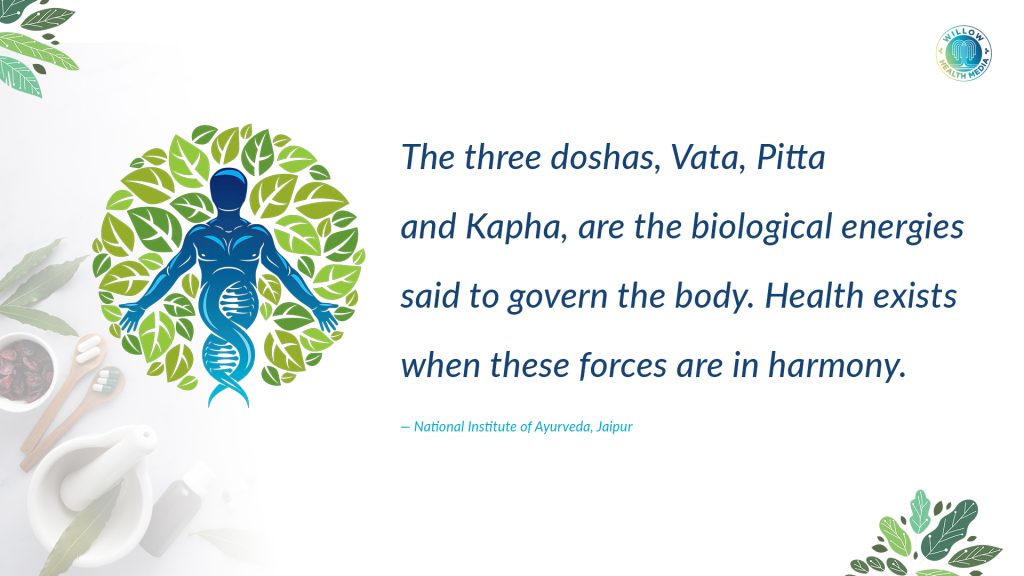
Ayurvedic Eye Treatment (Netra Chikitsa)
In Ayurveda, eyes are “windows to the soul” and mirrors of internal health. Vision problems aren’t just eye issues; they reflect imbalances in your entire system.
Common Ayurvedic Eye Therapies
- Netra Tarpana: Eye bath using medicated ghee (clarified butter) to strengthen optic nerves and improve vision clarity
- Nasya: Herbal oils administered through the nasal passages to cleanse the head and enhance oxygen flow to the eyes
- Netra Sekam: Continuous pouring of herbal solutions over the eyes to reduce inflammation and remove impurities
- Snehana and Swedana: Oil massage and steam therapy to improve blood circulation and eliminate toxins
How It Differs from Conventional Treatment
Ayurvedic Approach:
- Treats underlying energy imbalances
- Uses herbal formulations, ghee therapies, and detoxification
- Includes diet and lifestyle corrections
- Aims to restore natural eye function by reviving damaged tissues
Conventional Approach:
- Treats specific symptoms or defects
- Uses surgery, corrective lenses, laser therapy, and pharmaceuticals
- Focuses on mechanical correction
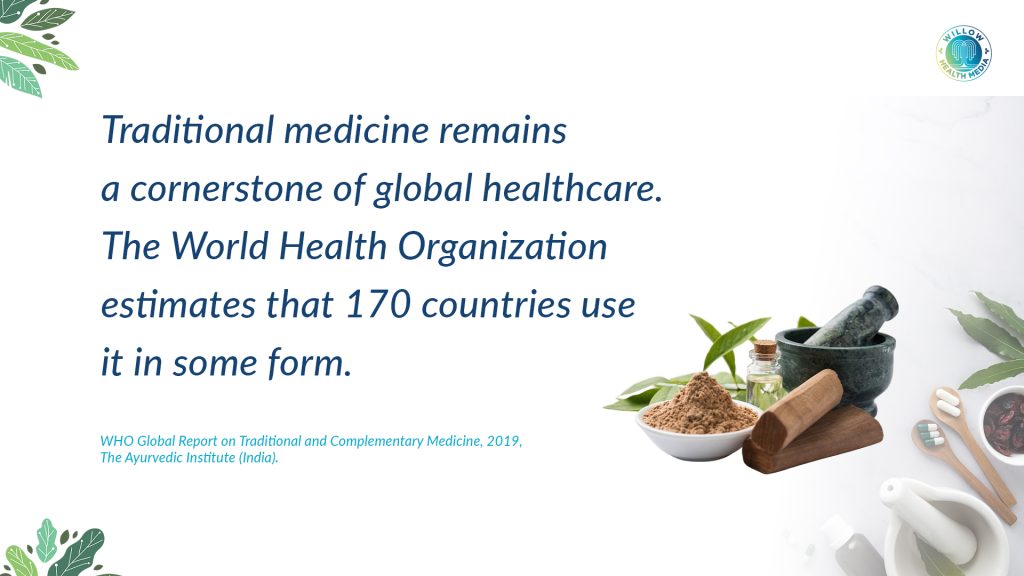
Global Recognition and Acceptance
The World Health Organization (WHO) recognises Ayurveda as a legitimate traditional medical system and encourages countries to integrate it into public healthcare.
According to the WHO’s 2019 report:
- 170 countries use some form of traditional medicine
- About 40% of modern pharmaceuticals trace their roots to traditional herbal knowledge (including aspirin and artemisinin)
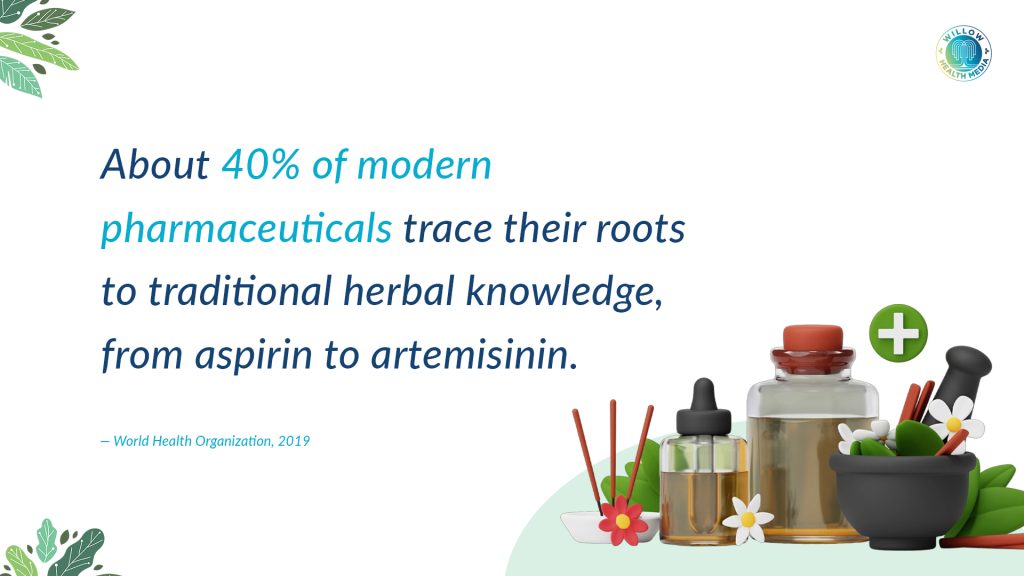
Africa a growing market for Indian medicines
Ayurvedic medicine has entered Africa through trade and the growing market for Indian-based medicines. South Africa officially recognises it, and it complements Africa’s strong tradition of indigenous herbal medicine.
In Kenya, Ayurvedic clinics operate in cities like Nairobi. Some insurance providers now partner with Ayurvedic institutions to cover alternative treatments. Kenya’s National Drug Policy (1994) and Development Plan (1989) acknowledge the value of traditional medicine.
Several global figures have embraced Ayurvedic therapies for their rejuvenation and stress relief, including;
- Supermodel Naomi Campbell (massage treatments in Kerala, 2013)
- Pop star Madonna
- Former UK Prime Minister Tony Blair and wife, Cherie Blair
The Future of Ayurveda
As modern science increasingly validates traditional knowledge, Ayurveda sits at the intersection of ancient wisdom and modern innovation. The convergence of traditional systems- Ayurveda, Chinese medicine, naturopathy – may open new doors in:
- Herbal drug discovery
- Preventive health
- Integrative medical education

Raila Odinga’s choice of Ayurveda for his daughter wasn’t just a desperate attempt; it was a testament to faith in humanity’s oldest healing science. His own subsequent treatment in India demonstrates how this ancient system remains valued today for its use of natural elements.
As the 21st century embraces wellness, balance, and sustainability, Ayurvedic medicine is poised to help shape the future of healthcare.
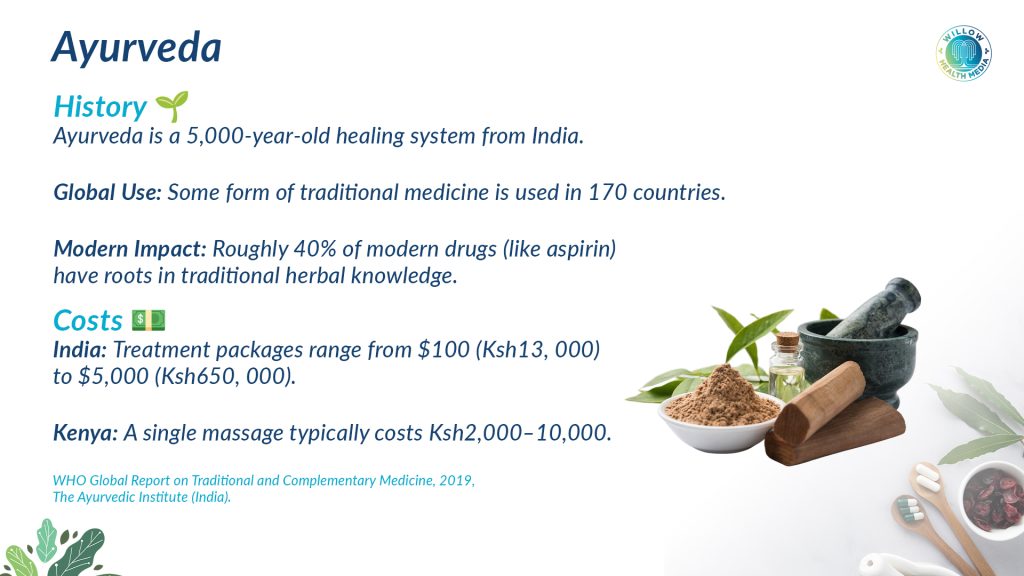
Key takeaway
Ayurveda offers a holistic approach to health that treats the person as a whole, body, mind, and spirit, rather than just addressing isolated symptoms. While it shouldn’t replace conventional medicine in emergencies, it provides complementary options that have helped patients like Rosemary Odinga when other treatments failed.
This article was first published by Willow Health Media on October 16, 2025.








